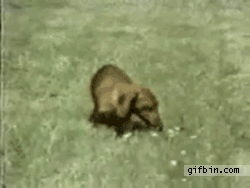But this NPR report/interview made me realize that this is still a very current issue, in some ways, and there are connections to our psychology content that I never realized:
"30 Years After Explosion, Challenger Engineer Still Blames Himself"
 One of the engineers (Bob Ebeling) who originally tried to convince NASA to NOT launch the Challenger that day tells his story, and it is heartbreaking. He had all the data, he had the scatterplots, he had the effect sizes/correlation coefficients, and they convinced him that the shuttle would explode. He pleaded with the NASA officials in charge to delay the launch, but they chose not to. And he's been living with this "failure" ever since. Really, really sad.
One of the engineers (Bob Ebeling) who originally tried to convince NASA to NOT launch the Challenger that day tells his story, and it is heartbreaking. He had all the data, he had the scatterplots, he had the effect sizes/correlation coefficients, and they convinced him that the shuttle would explode. He pleaded with the NASA officials in charge to delay the launch, but they chose not to. And he's been living with this "failure" ever since. Really, really sad.Students could do the original activity involving the scatter plots and decision making, and then listen to this engineer's story. Can students think of ways they might have convinced NASA administrators? Concepts that might be involved: groupthink, centeral/peripheral route to persuasion, foot in the door, etc.
AND students can think about what it might have been like to have these data, to know how important they are, and to not be able to stop a tragedy from happening. Bob Ebeling is convinced he "failed," but I wish he could consider himself (and that the world could consider him) a hero for caring so much about his work and the lives of the astronauts.
posted by Rob McEntarffer











